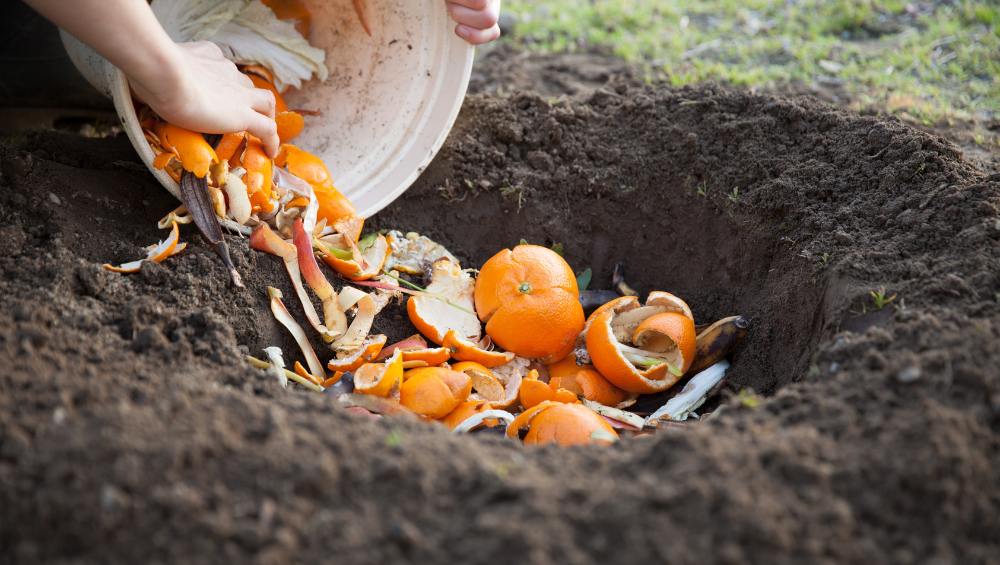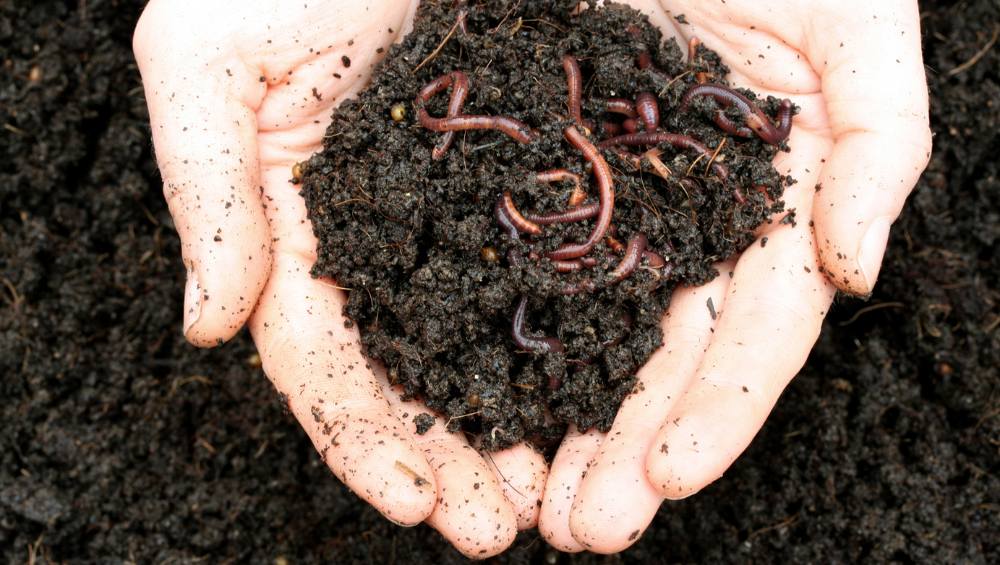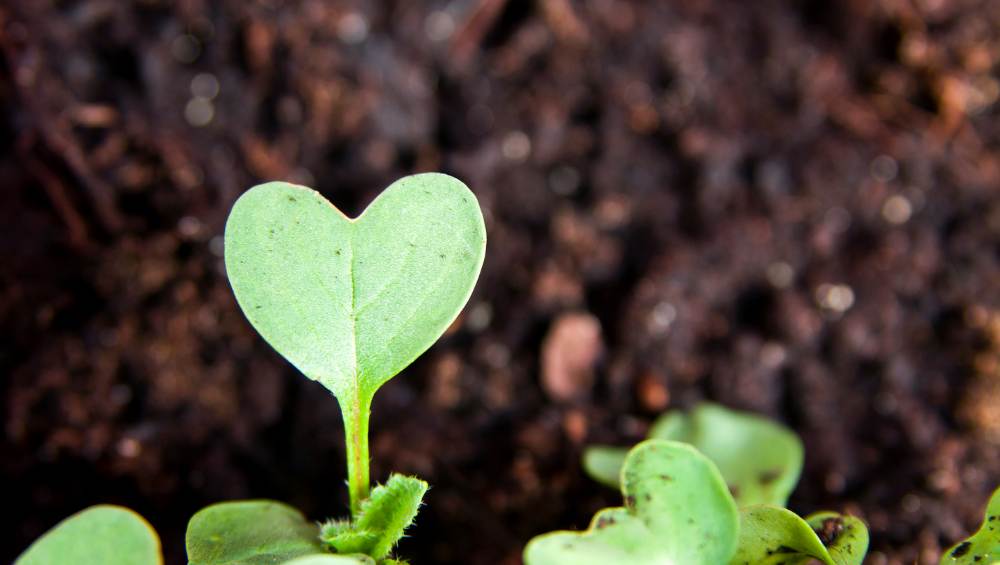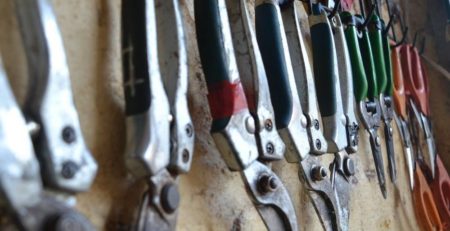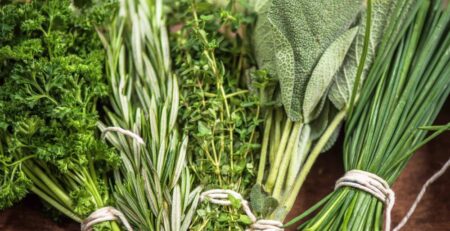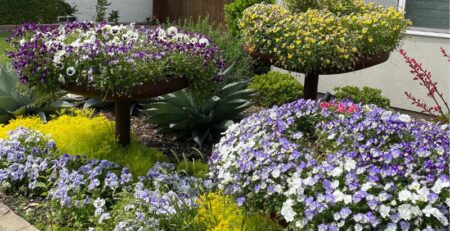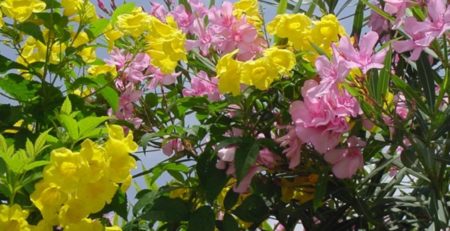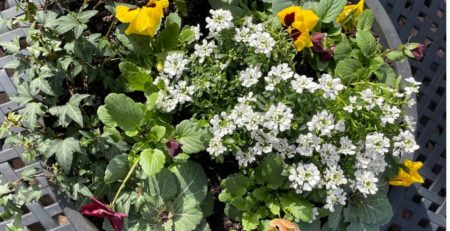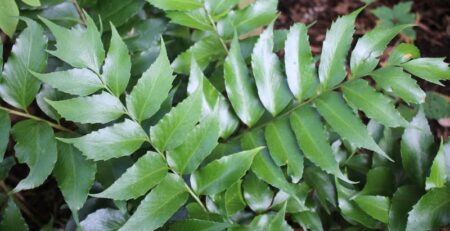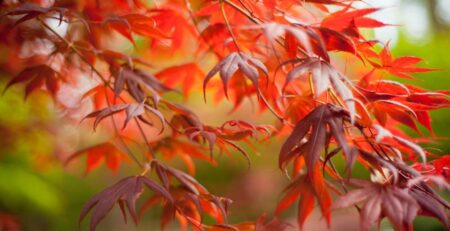Compost – A Valentine to Your Garden
What do you give your garden for Valentine’s Day? A layer of compost would make a lovely gift that will help keep your garden green and growing all year.
What Is Compost?
As a noun, compost is defined as “decayed organic matter used as a fertilizer”. As a verb, compost is defined as “make into compost”. This hardly scratches the surface of the wonder that is compost. Think of compost as the rich humus on the floor of a forest that fertilizes and nurtures the plants by returning the nutrients from dead plants to the soil.
Benefits of Compost
Compost has many benefits for the soil and the plants growing in it. Here are the major things it does.
Improves Drainage
Compost clumps clay particles into larger groups so that water can flow between them. This helps the water drain instead of standing in one place and rotting your plant’s roots. For sandy soil, the small clumps of organic matter act as tiny sponges, storing the water and releasing it gradually instead of letting it all run through right after a rain. In either case, the compost helps the soil stay evenly moist instead of swinging from very dry to too wet.
Aerates Soil
Roots need air as well as water. Compost makes space for the air to occupy in the soil. In addition, the organic matter in compost attracts earthworms. Earthworms bring minerals and other nutrients from deep within the soil up to root level where the roots can use them. Earthworms also leave spaces for air and water to occupy near the roots.
Adds Fertility
Compost is considered a soil conditioner rather than a fertilizer. However, it has nutrients that your plants need in a handy slow-release formula. You are less likely to have spikes in foliage associated with excess nitrogen when using compost because the nutrients are available slowly. In addition, the minerals are not leached out of the soil by rain as can happen when too much fertilizer is applied.
Nurtures Soil Microbes
Soil microbes break down nutrients so that our plants can use them. However, the soil microbes will only stay around if there continues to be food for them. Compost contains beneficial soil microbes and also feeds the microbes already in the soil. These soil microbes will be there for the long haul whenever your plants need them.
Using Compost
Compost is used in two basic ways: when constructing a new garden bed and when used on existing vegetation.
Constructing A New Bed
When constructing a new landscape area, you should till the earth to a depth of six to twelve inches. Spread a 3 inch layer of compost over the tilled area. Mix the compost into the tilled soil so it is evenly distributed throughout the soil. Collect the soil mix and send a sample to the soil lab. Adjust the fertilizer by following the soil test recommendations. You are now ready to plant your new landscape area.
Topdressing
Every spring, spread compost on your lawns and around existing plants to give them a good start to the season. For lawns, spread ½-1 inch of compost over the grass. Use a leaf rake to rake the compost so it falls down between leaf blades and contacts the soil. For landscape beds, spread an inch of compost around your plants and work it into the top 2 to 3 inches of soil.
Obtaining Compost
You can either buy compost or make your own. Each has advantages and disadvantages.
Buying Compost
Buying compost can be expensive. However, bagged or bulk compost is faster and easier to use than making your own compost. You also have the advantage of having a wider variety of compost types to choose from. Commercially made compost is made using a hot compost method and kills weed seeds and pathogens. Commercial compost should feel and smell like rich earth. You should not be able to see bits of leaves or other plant matter or clumps of manure. If you can, the compost is not finished, and you can burn your plants by using it.
Making Compost
Making your own compost is inexpensive but can be time consuming. However, if you want to control exactly what goes into the compost pile, making your own is a good way to do it. Making compost also uses up yard and kitchen waste and diverts that waste away from landfills. Of course, making compost requires space which can be a problem in a small yard.
If you want to make your flowers smile this Valentine’s Day, serve them up a bouquet of compost. Your flowers will reward you all year long with bigger plants and better flowers.
Further Reading
http://whatcom.wsu.edu/ag/compost/fundamentals/benefits_benefits.htm
https://sustainability.yale.edu/explainers/yale-experts-explain-compost
https://albany.cce.cornell.edu/resources/compost-basics-benefits-of-composting
https://www.colorado.edu/ecenter/2021/04/15/geek-out-us-composting
https://www.colorado.edu/ecenter/zero-waste/compost/why-should-i-compost
https://anrcatalog.ucanr.edu/pdf/8367.pdf
https://eri.iu.edu/tools-and-resources/fact-sheets/at-home-composting.html
https://www.uaex.uada.edu/counties/white/news/horticulture/black_gold_compost.aspx
